The Olympics, a grand international spectacle, unites countries in a celebration of human athleticism and determination. One sport that always dazzles audiences is figure skating, where athletes glide, jump, and spin on a glistening ice surface. But have you ever wondered how thick that ice is? Let’s dig into the frosty facts, and we assure you, it’s more fascinating than you might expect.
A Layered Approach: Setting the Stage
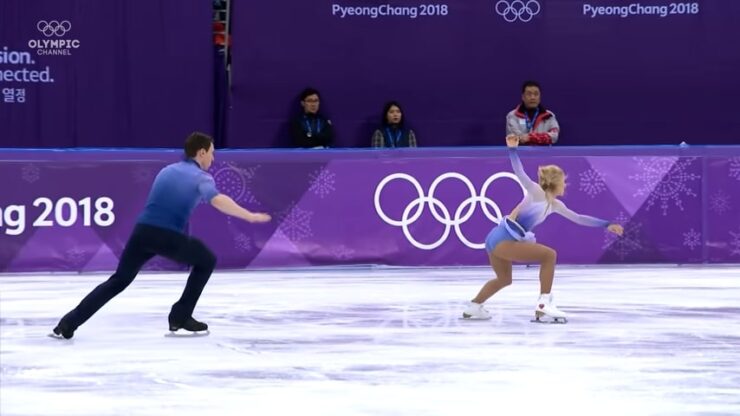
Firstly, the thickness of ice for Olympic figure skating isn’t arbitrary. It’s meticulously planned and maintained to provide the best possible conditions for the skaters. Typically, the ice is about 1 inch (2.54 cm) thick. Surprised? Let’s see why it’s kept to this thickness.
The process of making the ice surface involves layering, which begins by chilling the concrete floor of the rink to a temperature far below freezing. Subsequently, a thin layer of water is applied and allowed to freeze. This process is repeated one thin layer at a time until the desired thickness is achieved.
There are several reasons for this layered approach. Firstly, it results in denser, harder ice, which is better for figure skaters as it reduces friction and enables faster and smoother movements. Secondly, it ensures the ice surface is level, a critical aspect for figure skaters who require consistent conditions to perform their intricate moves.
The Science Behind the Ice: It’s All About Precision
Why an inch thick, you ask? The answer lies in the delicate balance of physics and practical considerations. A thicker surface would need more energy to freeze and maintain, resulting in unnecessary energy waste. Conversely, if the ice is too thin, it risks getting damaged, especially during intense skating routines.
The one-inch thickness also caters to the Zamboni – the vehicle that resurfaces the ice between performances. It works by shaving off a thin layer of ice, cleaning it, and then laying down a thin layer of hot water which freezes to form a fresh surface. This constant maintenance is essential to keep the ice in optimal condition for the athletes.
The Role of Temperature: Keeping Cool Under Pressure
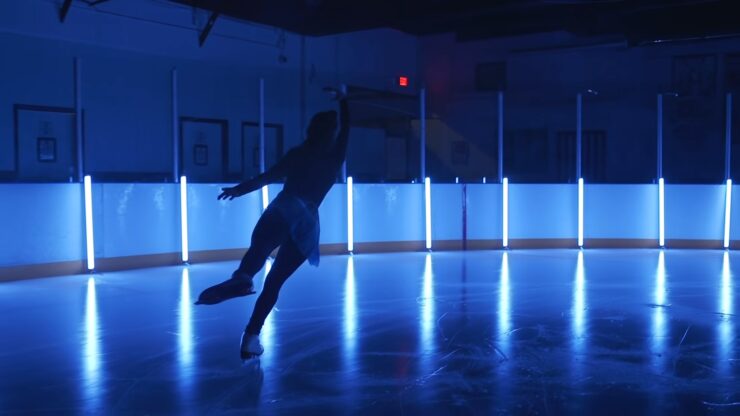
The temperature of the ice also plays a significant role in figure skating. The ideal ice temperature for figure skating ranges between 24-26°F (-4.4 – -3.3°C). This temperature range ensures the ice is hard enough to withstand the pressure from the skater’s blades but not so hard that it becomes brittle and chips easily.
Maintaining this temperature is a science in itself. The arena uses an under-ice refrigeration system that circulates a coolant through pipes under the surface, keeping the ice at a consistent temperature. The system also has to combat the heat from the lights, the spectators, and even the skaters themselves.
Figure Skating vs. Hockey: A Tale of Two Ices
It’s worth noting that the requirements for figure skating ice differ from those for ice hockey, another popular ice sport in the Olympics. Hockey ice is typically kept colder, around 20-22°F (-6 – -5.5°C), to handle the high-speed impact from the players and pucks. It’s also slightly thicker, usually around 1.25 inches (3.18 cm).
The different requirements stem from the distinct nature of the sports. Figure skaters need to dig their toe picks into the ice for jumps, and softer ice allows this without causing large divots. In contrast, hockey players need a harder surface for faster glides and puck movement.
The Human Element: Ice Maintenance and Skater Adaptation
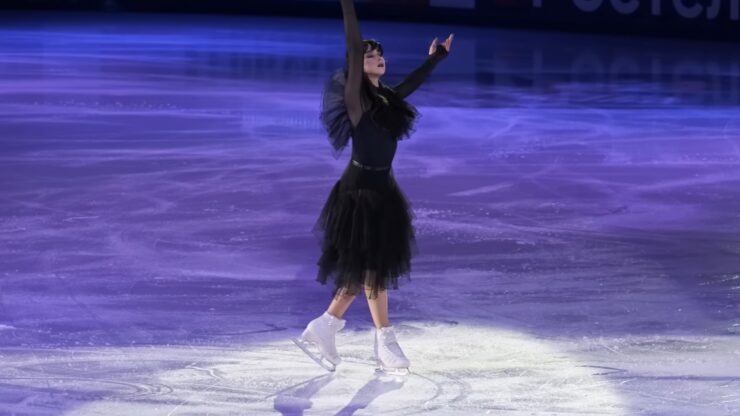
While the technical aspects of ice-making and maintenance are indeed fascinating, the human element is equally important. Maintaining ice at Olympic venues requires a highly skilled team of icemakers and technicians who work around the clock. Their work isn’t limited to just maintaining the ice. They are also responsible for monitoring and adjusting the conditions as needed, taking into account factors like humidity and air temperature.
One might think that a slight deviation in ice thickness or temperature wouldn’t matter much, but for the skaters, these factors can significantly impact their performance. Skaters often have to adapt to the slight variations in the ice at different rinks. Some prefer harder ice, while others perform better on a slightly softer surface. This preference is often shaped by their style of skating and the specific elements in their routines.
The Environmental Impact: Sustainable Skating
With climate change becoming an increasingly pressing issue, the energy consumption of maintaining Olympic-sized ice rinks has come under scrutiny. As we’ve learned, maintaining the perfect ice requires a significant amount of energy.
Some rinks are working on this issue by investing in more energy-efficient cooling systems and exploring renewable energy sources. The 2022 Beijing Winter Olympics, for instance, promised to use 100% renewable energy to power all venues, including ice rinks. Such advancements represent important steps towards sustainable sports practices.
The Impact of Ice Quality on Training and Performance
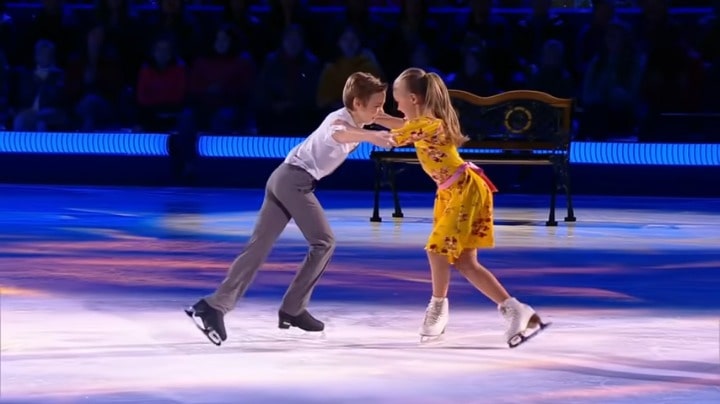
Figure skaters start training at a young age, spending countless hours on the ice to perfect their routines. The quality of the ice they practice on can significantly impact their development and performance. Consistency is key in training, and that applies to the ice conditions too. Skaters need to be familiar with the feel of the ice, how their blades interact with it, and how it responds to their movements.
Subpar ice conditions can hinder a skater’s progress and even lead to injuries. If the ice is too soft, it can create ruts that may cause skaters to trip. If it’s too hard, it can lead to more severe injuries from falls. Also, practicing on ice that is significantly different from the competition conditions can throw off a skater’s game during actual events. That’s why many elite skaters prefer to train in facilities that can mimic the ice conditions they will encounter in major competitions like the Olympics.
Ice Resurfacing: A Crucial Part of the Show
Ever noticed the Zamboni doing laps around the rink during breaks in a figure skating event? That’s not just for show; it’s a crucial part of maintaining the ice. Ice resurfacing serves two main purposes. First, it smooths out any rough spots, ruts, or divots that might have formed during the previous session. Second, it lays down a fresh, thin layer of water that freezes into a smooth surface, ideal for figure skating.
How often the ice needs to be resurfaced depends on the level of use. During the Olympics, where the stakes are high, the ice is typically resurfaced before every session and in between events to ensure it’s in the best possible condition.
The Impact of Weather Conditions on Outdoor Ice Rinks
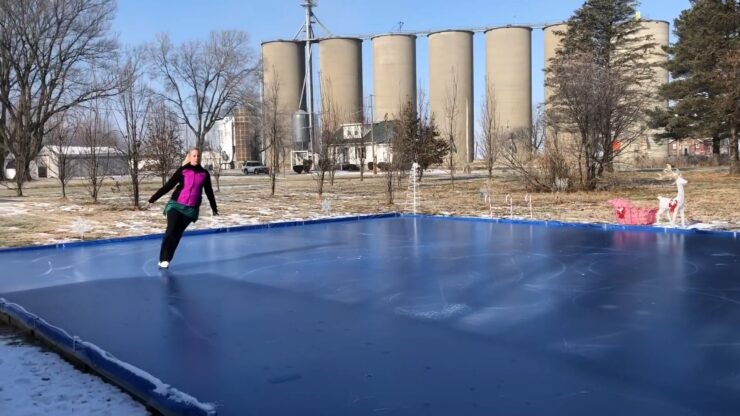
While most professional figure skating events, including the Olympics, take place in indoor rinks, some skaters train or perform in outdoor rinks. Weather conditions can significantly impact the ice quality in these settings.
Sunlight can cause the ice to melt and then refreeze, creating a rough surface. Wind can have a similar effect, blowing debris onto the ice that can get frozen in. Temperature fluctuations can also lead to uneven freezing. All of these factors can make outdoor ice less predictable and harder to maintain than indoor ice. However, it’s worth noting that many skaters love the experience of skating outdoors, despite these challenges.
Closing Thoughts
When we watch the grace and power of figure skaters at the Olympics, it’s easy to overlook the complex factors that enable their performance – one of them is the ice itself. The next time you watch a figure skater lands a flawless triple Axel, remember that beneath their blades lies an inch of meticulously maintained, scientifically precise ice. Indeed, there’s more to the ice in Olympic figure skating than meets the eye.
By understanding the depth of effort that goes into maintaining the perfect conditions for these athletes, we can better appreciate the immense dedication and precision required to make the Olympics the breathtaking spectacle it is. The one-inch thickness of the ice surface isn’t just a random measurement; it’s a testament to the balance of art, science, and human determination that defines the spirit of the Olympic Games.
If you want to know why are backflips banned in ice skating click here.

